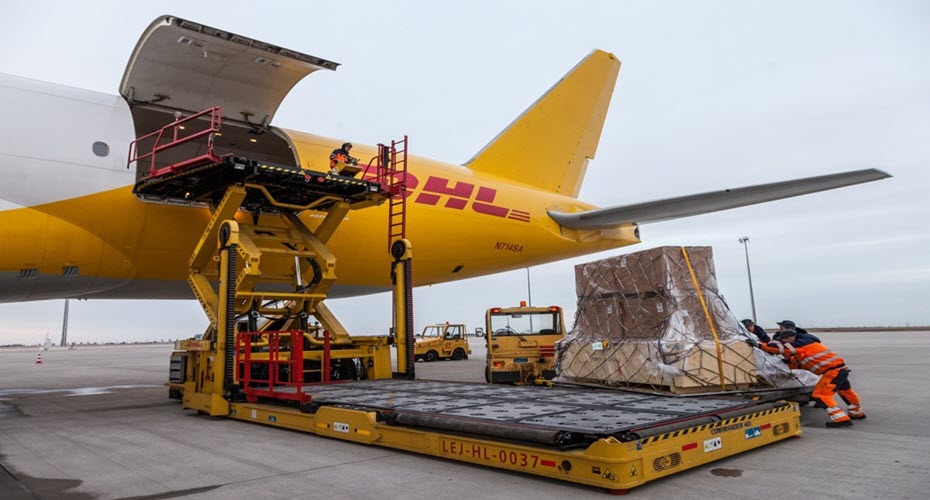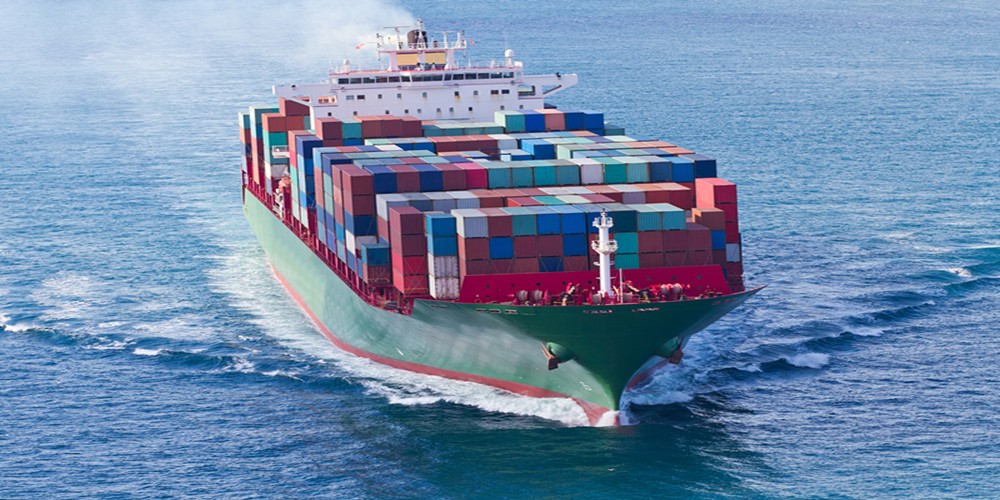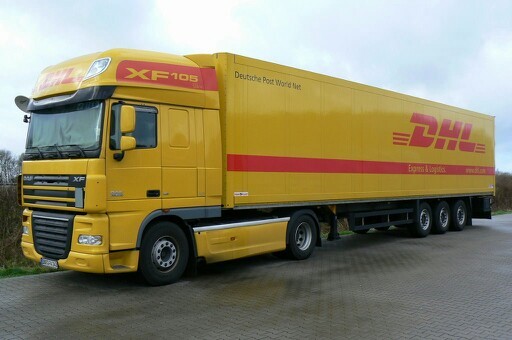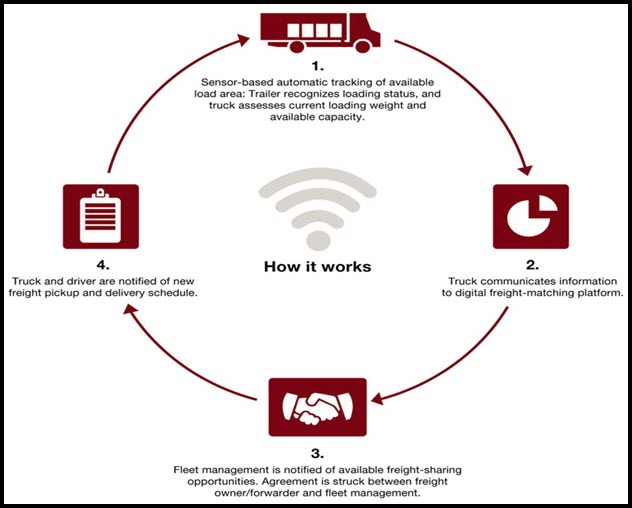According to the book “Contemporary Logistics,” the military first used the term “logistics” to describe the process of supplying a war zone with troops and equipment. Today, businesses use logistics to manage the flow of products from production to delivery. Additionally, certain companies that deal with the supply of goods have dedicated logistics department. A logistics team typically works to make sure that the business obtains the raw materials needed to produce goods at a reasonable price, organizes the storage of products prior to sale and ensures that the finished products ship as contracted.
Logistics comprises getting thousands of shipments across countries and continents to single, multiple and now thousands of end point destinations. However, the timescales for these delivery services have not necessarily scaled with the distance being travelled. In fact, customers are increasingly demanding more from their T&L providers. The growing demand for same-day deliveries is putting pressure on T&L operations to not only meet these tight timelines, but to continue to offer a consistent level of customer service (while at the same time improving operational efficiency and reducing costs).
Logistics integration refers to specific logistics practices and operational activities that coordinate the flow of materials from suppliers to customers throughout the value stream. Logistics provides industrial firms with time and space utilities, by providing the necessary quantity of goods is in the right place at the right time.
Information integration refers to the sharing of key information along the supply chain network which is enabled by information technology. One of the main purposes of information integration is to achieve real-time transmission and processing of information required for supply chain decision making.
Table of Contents
Product – Core features of goods and services
One of the main services involved under integrated logistics operations is freight forwarding.Basically, the freight forwarder acts as an intermediary to transport cargo from one destination to another between a shipper and buyer using various transportation services and freight operators to negotiate the best possible price along the most economical route by choosing the process flow that effectively balances speed, cost, and reliability. The main features include operating a range of services subcontracting to one or more third parties and often offering an all-in door to door service which includes insurance, customs clearance, pickup and delivery. A complete perspective from manufacturer / supplier to retailer to consumer – enables you to achieve operational excellence at every stage.
Place and Time – Delivery method and design
Delivery is the process of transporting goods from a source location to a predefined destination. There are different types of delivery methods involved for logistics operations- Cargo (physical goods) are chiefly delivered via roads and railroads on land, shipping lanes on the sea and airline networks in the air.
Air Freight
Aircrafts are used to transport cargo. This delivery method is best for goods that are required to be delivered quickly can be transported via air cargo which are not big or bulky. It is the costliest method but one of the fastest as well. Delays are common due to weather conditions playing a large role in productivity.

Sea Freight
Vessels are used to transport large or bulky quantities of cargo. It is a comparatively cheaper and simple alternative method. However, it is time consuming and not for time sensitive shipments.

Land freight
Otherwise known as LTL shipping, trucks and trains are used to transport cargo. This is an inexpensive and readily available delivery method. Rail transport can be used if cargo is large and heavy enough.

Process – Effective design and implementation
In order to make delivery service more effective, we need to enable synchronized collaboration between people, processes, data, and devices. From creating job orders to booking and exporting to the warehouse to delivering the shipment to the customers, harmonization amongst freight operators and freight forwarders will help to improve the effectiveness of the operations.
An example of this would be reflected via the transport management system in which application of policies and strategies aids to reduce travel demand and encourage mode shift to more sustainable forms of transport. To streamline and make the processes efficient, internal processes are worked upon to create much more value from digitization. Example of digital integration include i2FFS and Logi-Sys which are built according to the operational requirements of fast paced freight-forwarding users to maximize productivity.


Productivity and Quality – Transformation of inputs and satisfaction derived by customers
Primarily customers want at least 1 to 4 things in the goods they purchase. High Quality, Reasonable Price, on time Delivery or Excellent Service. These are the factors that determine the productivity and quality of the service provided. To ensure efficient productivity and quality, effective delivery service via the collaboration of a good customer service team and digital integration is needed. For instance, using Last Mile delivery creates direct touch points in the last mile with end customers, fostering trust and enabling unique additional sales opportunities. By ensuring good customer service, customer satisfaction can be achieved.

People – Personal interactions affect perceived quality hence attention to recruit, train and motivate personnel
Customer service has an impact on both existing customers and potential customers. A recent survey found that 68% of consumers would react by telling family and friends about a bad experience by posting it on a social network. Hence, designing the service delivery system should focus on what creates value to the customers and how to engage frontline employees to deliver the ultimate customer experience.
The four key elements in such a system are: Firstly, service culture, which is built on elements of leadership principles, norms, work habits and vision, mission and value. Secondly, employee engagement which includes employee attitude activities, purpose driven leadership and HR processes. Thirdly, service quality which includes strategies, processes and performance management systems. And lastly customer experience that includes elements of customer intelligence, account management and continuous improvements.
These four points are programmed in first defining the service culture, then employee engagement, which will then foster a high level of service quality, which will then develop the right customer experience – an upright circle.
Promotion and Education – Effective communication
In order for effective communication to be fulfilled, a few factors need to be considered.
Firstly, there is needed to be optimized digital data flow and integration which reduces transaction costs and increases quality for customers to control their supply chain.
Secondly, integrated data flow helps all parties for better planning and digital ecosystem will boost the performance of the logistics operations and help create an automated, agile and a faster supply chain.
Thirdly, increased control and situation awareness aid to reduce the number of the failures and delays which improves the transport quality.
Fourthly, integrated information flow allows more efficiency, which equals lower operating cost.
Lastly, there needs to be higher reliability of supply chain which derives the satisfaction of our customer. All these factors can be achieved via the effective process of the freight forwarding service which is by enabling synchronized collaboration between people, processes, data, and devices.

Physical Evidence – Appearance and Atmosphere
Physical evidence is the environment in which the service is delivered and where the firm and the customer interaction in and any tangible commodities that facilitate performance or communication of the service. Firstly, to the tangible elements encountered by customers in the service delivery environment and, secondly, to the tangible metaphors used in symbols, slogans, or advertising messages.
Price and other user cost – time, effort and sensory experience
The four factors involved in this section would be: firstly delivery speed, which is quickly filling a customer order. Secondly lead time, which is the time between receipt of an order and filling the order.
Thirdly on time delivery, which means meeting the delivery time promises. And lastly, time-based competition, which is a strategy that focused on development speed and delivery speed.
These factors can be achieved by using the most effective mode of transport- weighing the advantages and disadvantages.
To optimise on the best price, service and time efficiency required by the customer and having a good customer team to support the customer from start to end so that their freight forwarding experience is positively fulfilled.
Conclusion
A freight forwarder is an individual or company that dispatches shipments via asset based carriers and books or otherwise arranges space for shipments.
Freight forwarders typically arrange cargo movement to an international destination. The importance of freight forwarder lies in organizing the safe efficient movement of goods on behalf of an exporter, importer or another company or person, sometimes including dealing with packing and storage. Freight forwarders arrange the best means of transport, using the services of shipping lines, airlines or road and rail freight operators. In some cases, the freight forwarding company itself provides the service.
Freight forwarders have been called travel agents for freight. The work activities of freight forwarder include researching and planning the most appropriate route for a shipment. Obtaining, checking and preparing documentation to meet customs and insurance requirements. Liaising with third parties to move goods by different modes Freight forwarders are experts that allows them to prepare and process the documentation and perform related activities pertaining to international shipments.
References:
Bass, Brian. (2018). “Logistic & Operation Planning.” Retrieved from http://smallbusiness.chron.com/logistics-operation-planning-14618.html, accessed 24/03/2018.
Fareye. (2017). “Integrated Logistics Management”. Retrieved from http://www.getfareye.com/blog/integrated-logistics-management, accessed 20/03/2018
Mohamed Hardi. MISPMM (2017). “Autonomous Trucking in Logistics Transportation”. Retrieved from https://publication.sipmm.edu.sg/autonomous-trucking-in-logistics-transportation, accessed 20/03/2018.
Terance Tan Zhiren. MISPMM (2017). “Intermodal Freight Transportation for Effective Supply Chain Management”. Retrieved from https://publication.sipmm.edu.sg/intermodal-freight-transportation-for-effective-supply-chain-management, accessed 20/03/2018.

